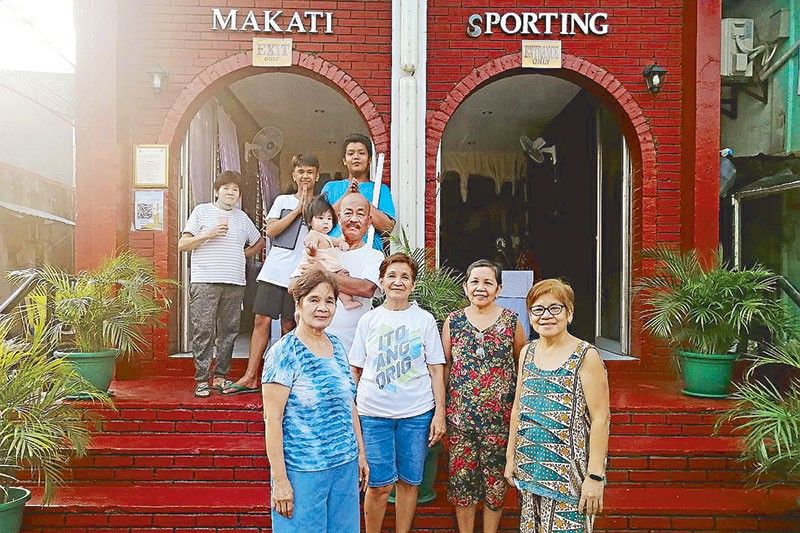Makati keeps century-old Holy Week tradition

MANILA, Philippines — In Makati, Barangay Poblacion is known for hipster bars and a nightlife scene that attracts people to drink the night away. But come Holy Week, the party sounds are replaced with pasyon chants and prayers, and on the roadside are tableaus that depict the life and death of Jesus Christ.
These altars are known as kalbaryos and are placed on the sidewalk or housed permanently at roadside chapels as part of their community tradition that dates back to 1920 or over a century ago.
The kalbaryos are cared for by religious organizations called samahan, which are named after the streets where they were founded or the character of the founding members.
What started as a basketball association in Makati became the barangay’s second oldest group - the “Samahang Makati Sporting” that was founded by Francisco Quintos in 1921. The religious group led by male basketball players later on included the wives and daughters of the men, until the samahan became led by women, with current president, Leonila Ojales, 72.
Flanked by other senior members, Amelita Pascual, 71, and Elan Cacayan, 68, Ojales told The STAR that their fathers, elder brothers and uncles were among the original members, until the reins were passed on to them.
Their kalbaryo used to be a roadside kubol or hut until its permanent brick structure was built in 1981 along E. Zobel street, to allow devotees to pray before the Pieta image of Mother Mary holding the body of Jesus Christ.
The “Samahang Makati V-8” is another progenitor of the tradition when it was founded by a group of eight elderly led by Nieves Solitario in 1937. The group takes care of the Santo Entierro – or the image of Jesus’ corpse – in a roadside chapel built in 1968.
Along Bonifacio street where the group got its name, the members of Samahang Bonifacio Makati Rizal cares for the image of their patron Saint John, housed in the ancestral home of the Cu Unjieng clan, just by the Pasig River.
Makati Museum cultural planning head Dwayne Samarista said this Lenten tradition started in 1920 when the first group, Samahang Ilaya, was established.
From just a handful of kalbaryos, it has now ballooned to 70 religious altars represented by different samahan in Barangay Poblacion and Guadalupe Nuevo this Holy Week.
In a statement, Mayor Abby Binay said the kalbaryo tradition in Makati “represents a vital aspect of the religious culture and heritage of the community.”
“The kalbaryos provide a way for the faithful to connect with their faith and traditions, bringing them closer to their beliefs and allowing them to celebrate their religion meaningfully and authentically,” Binay said.
- Latest
- Trending


























